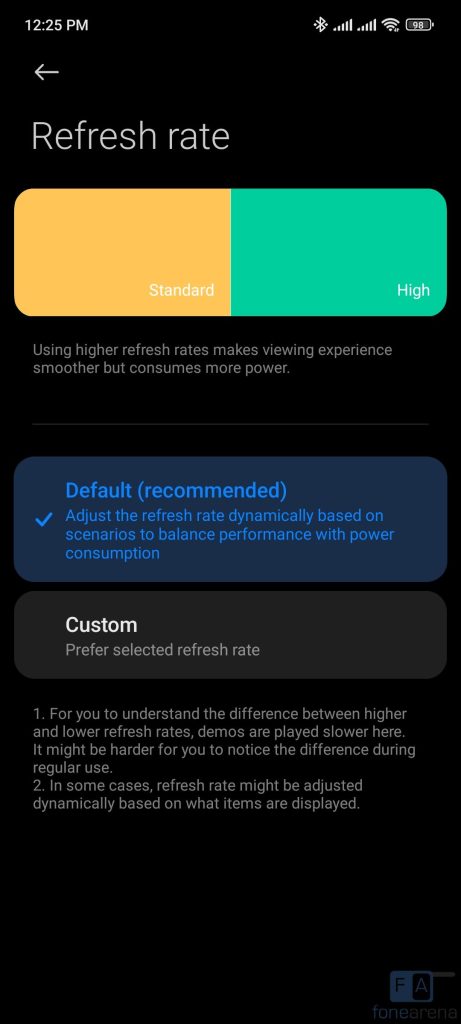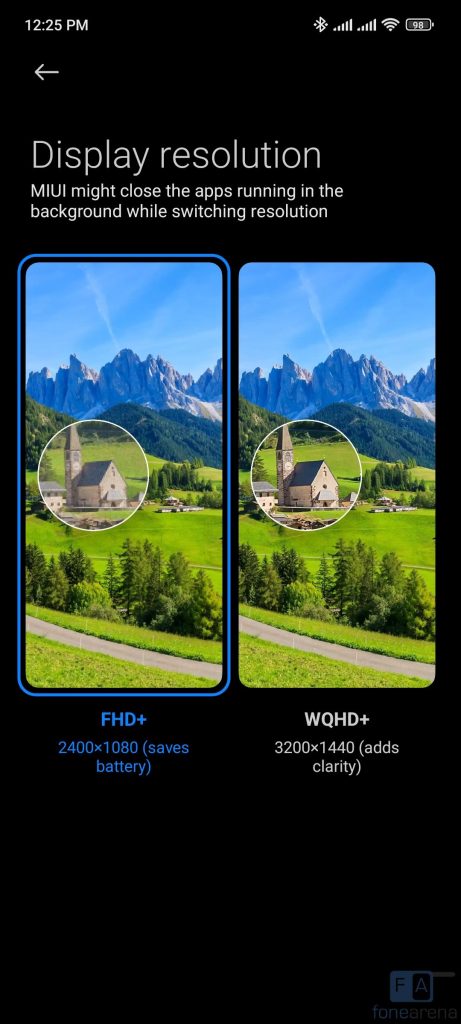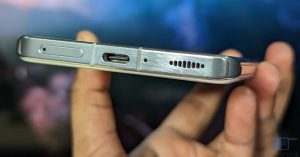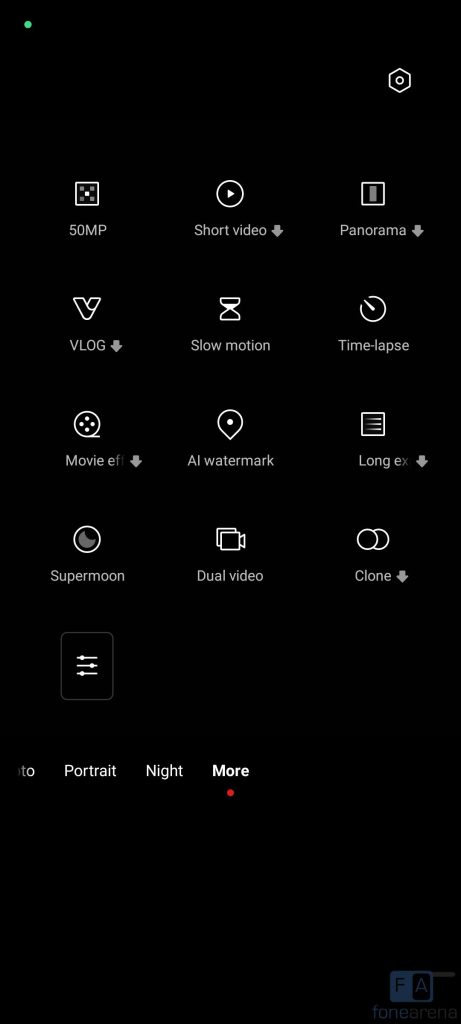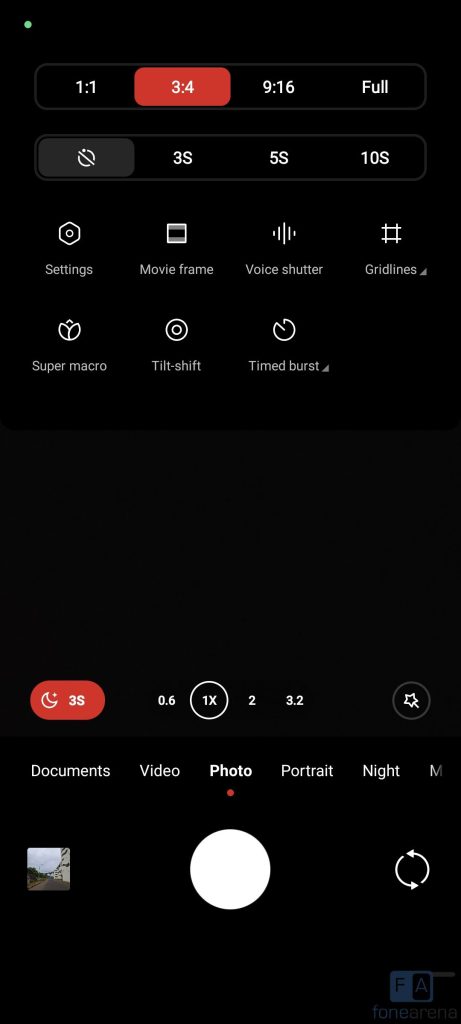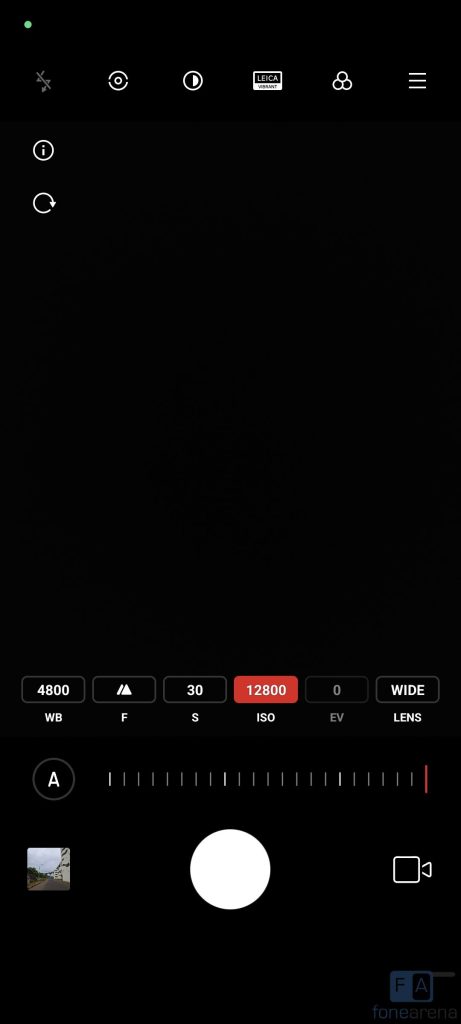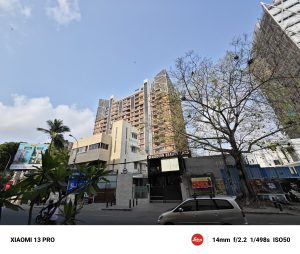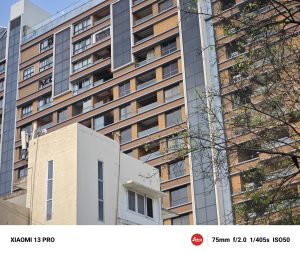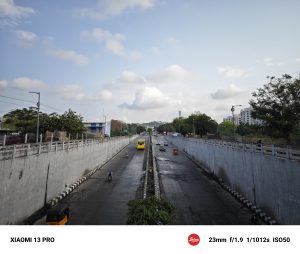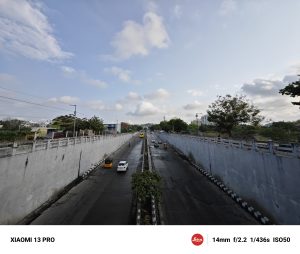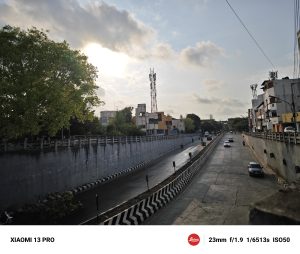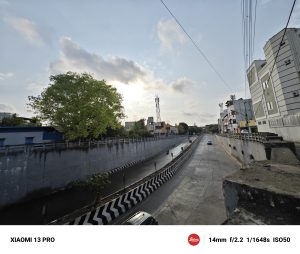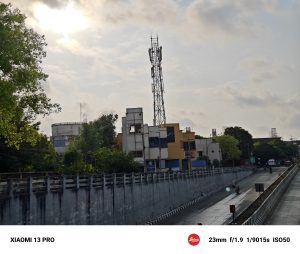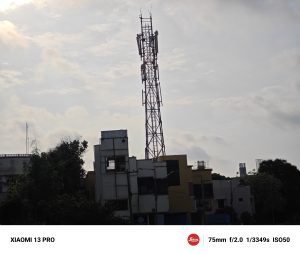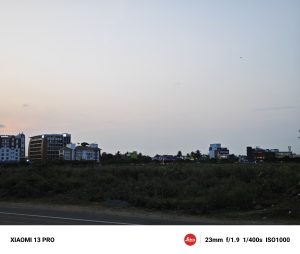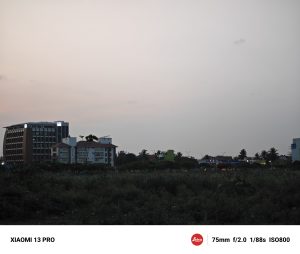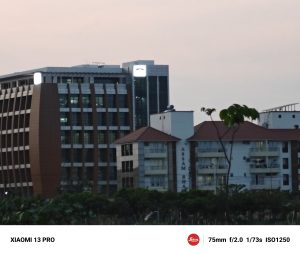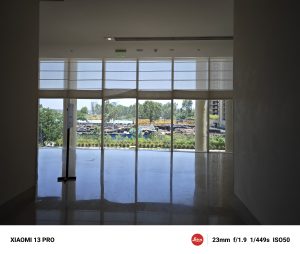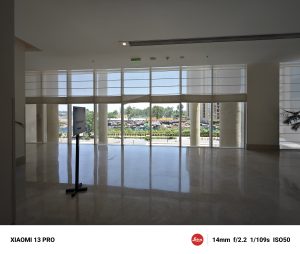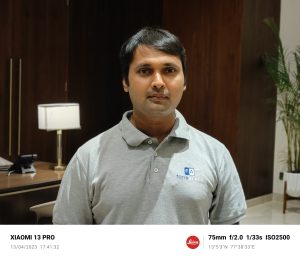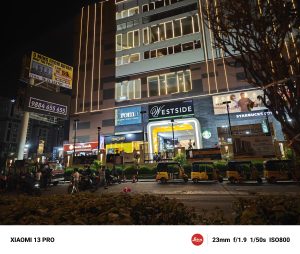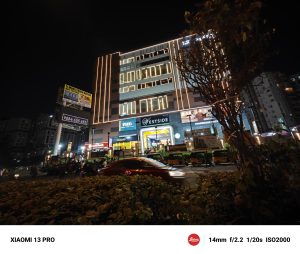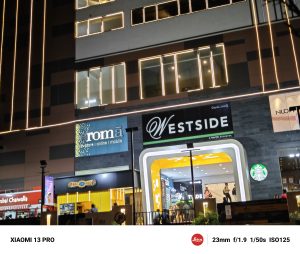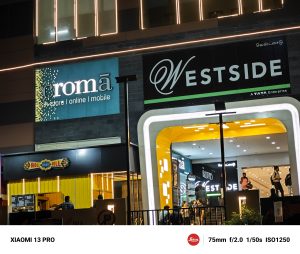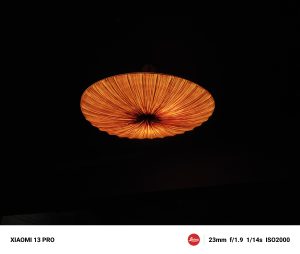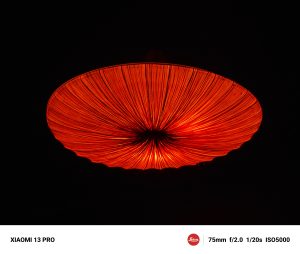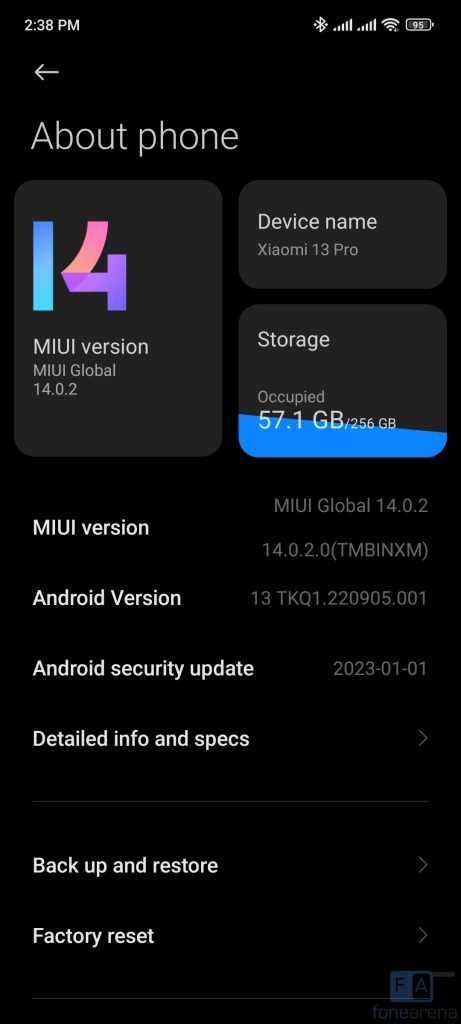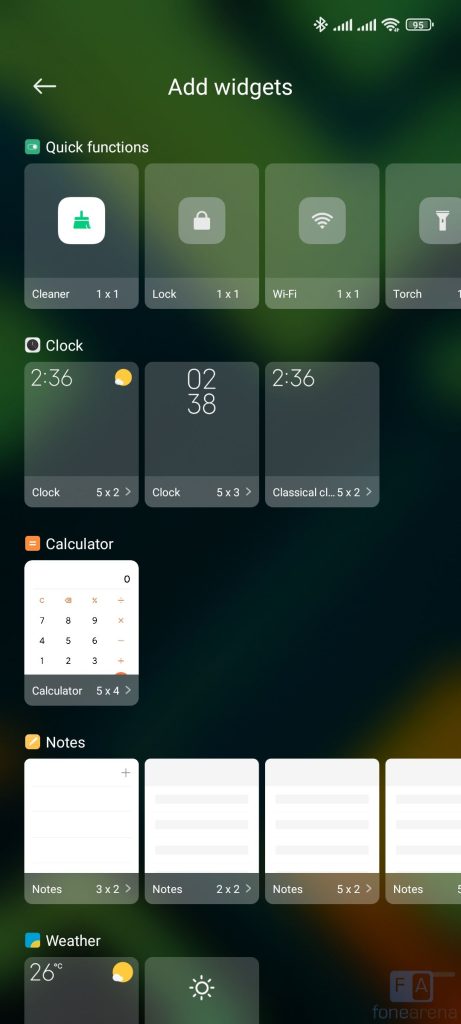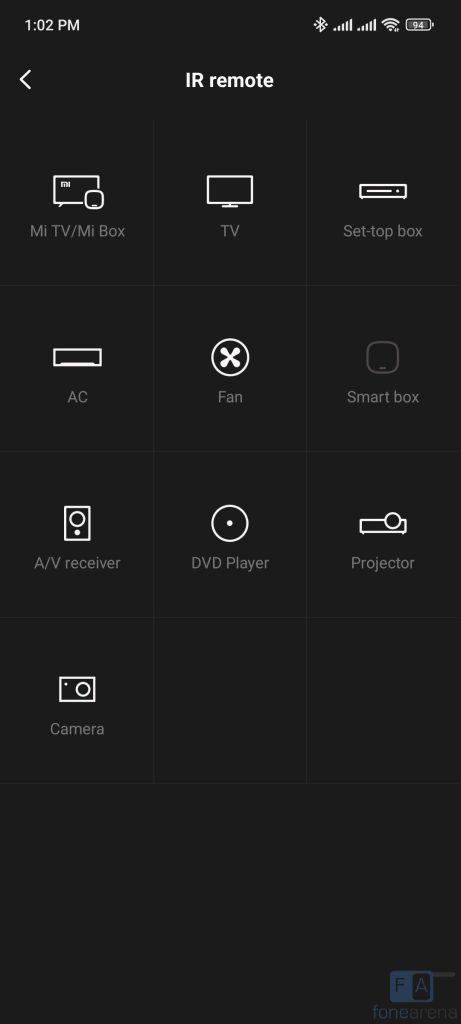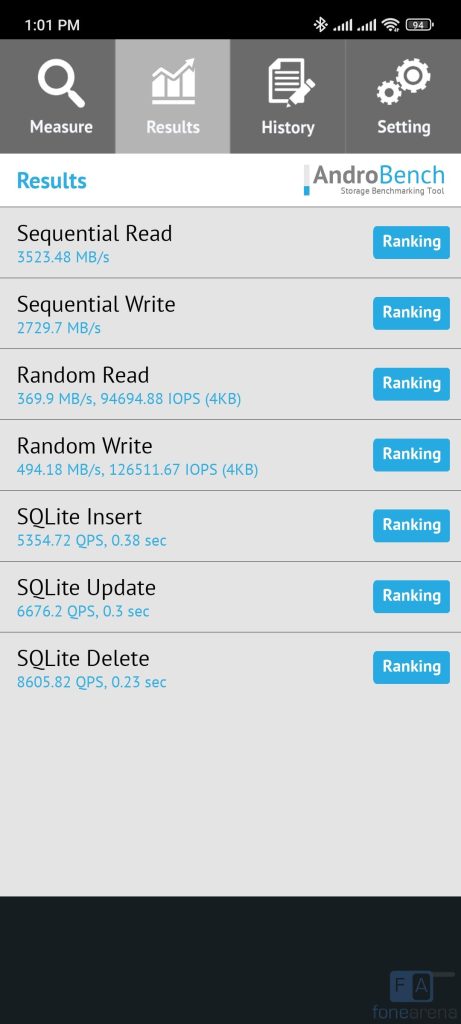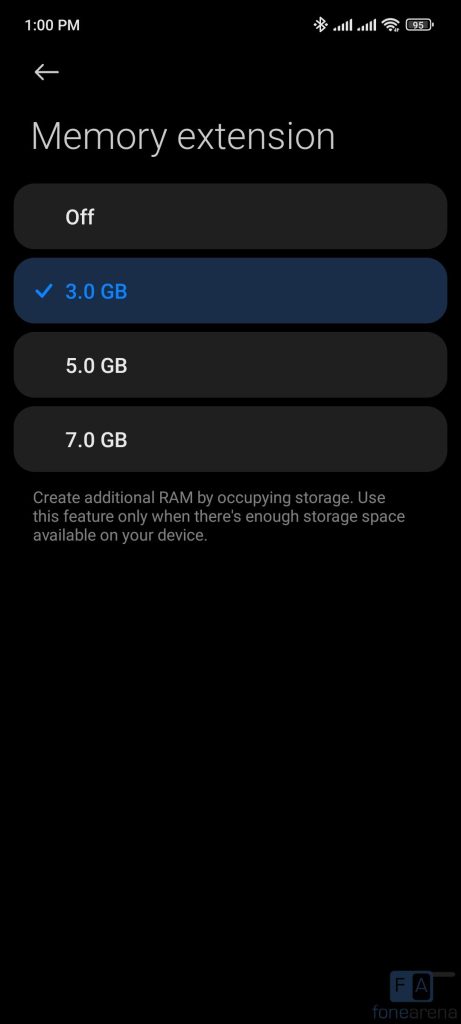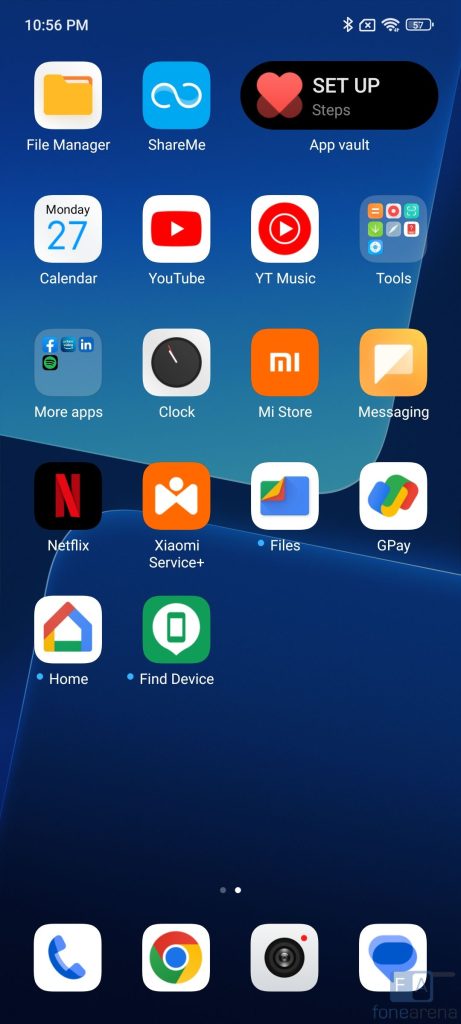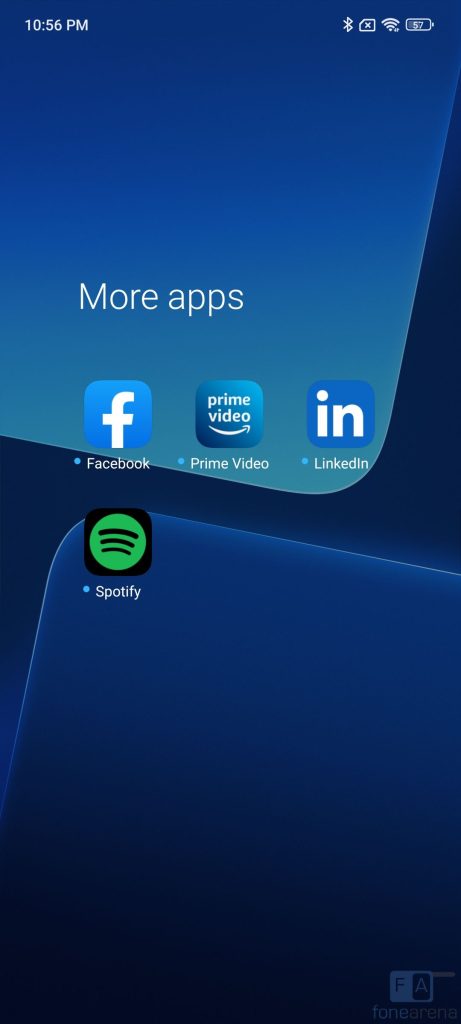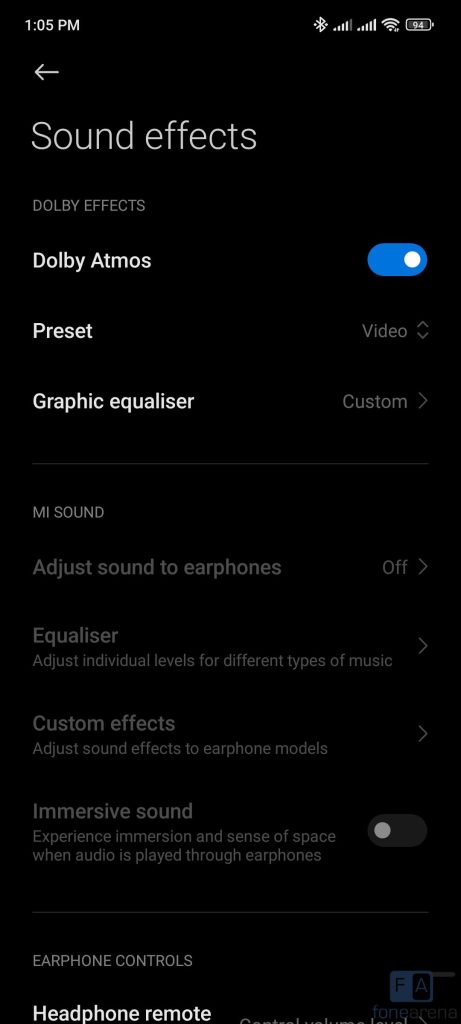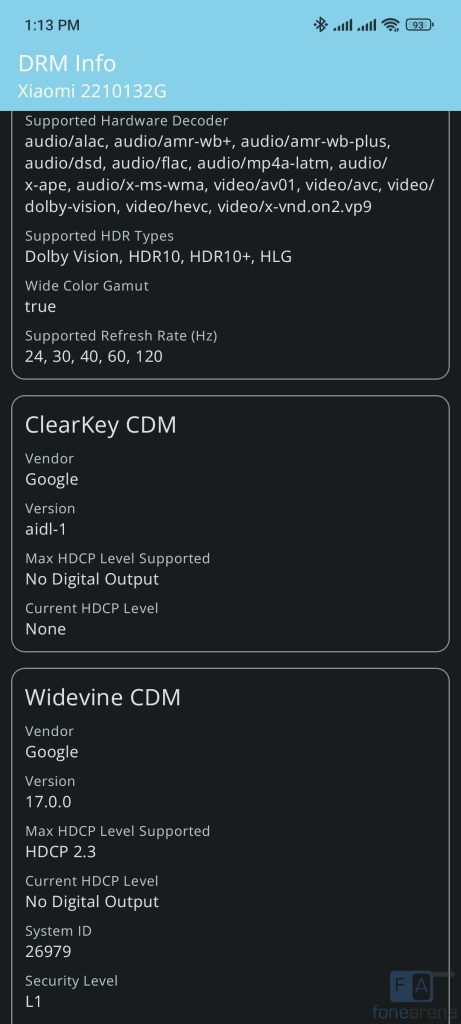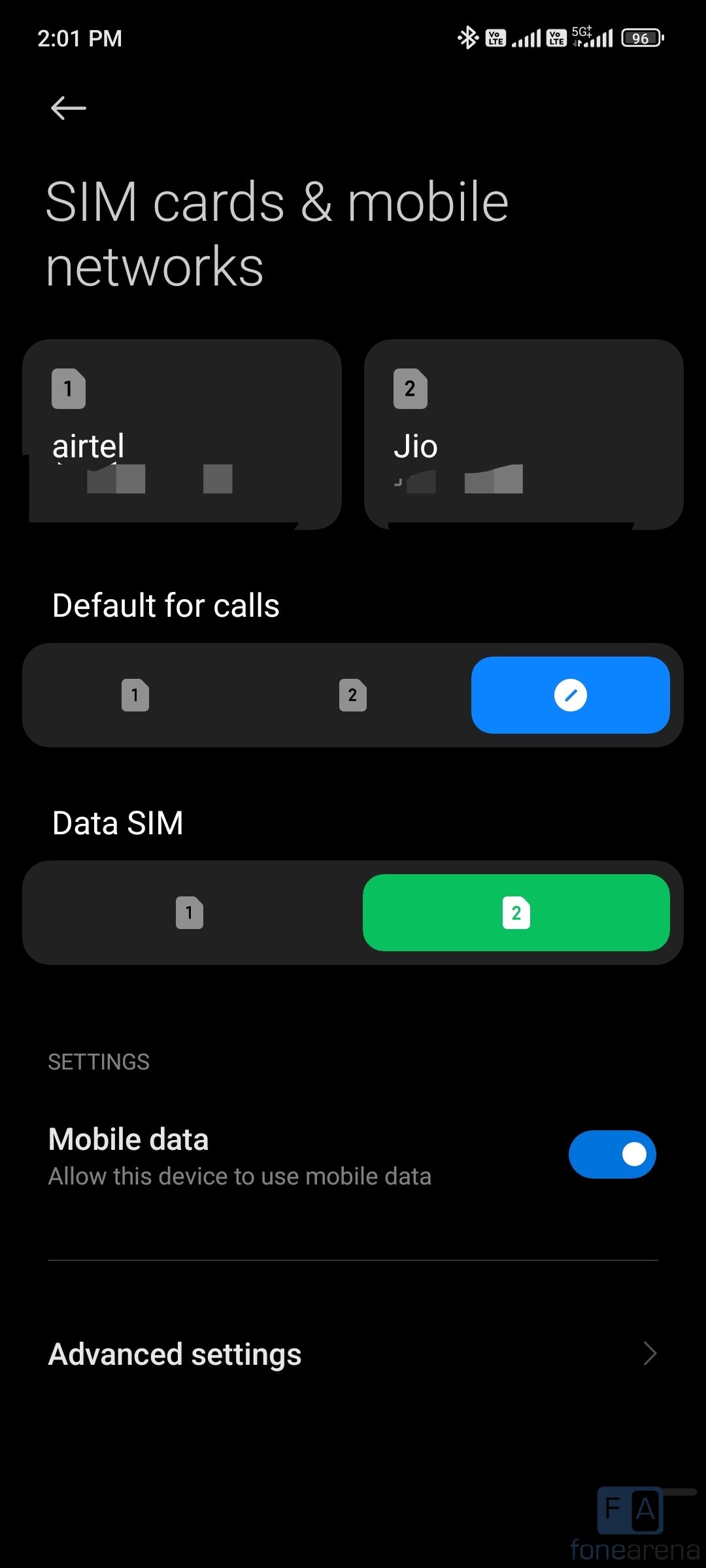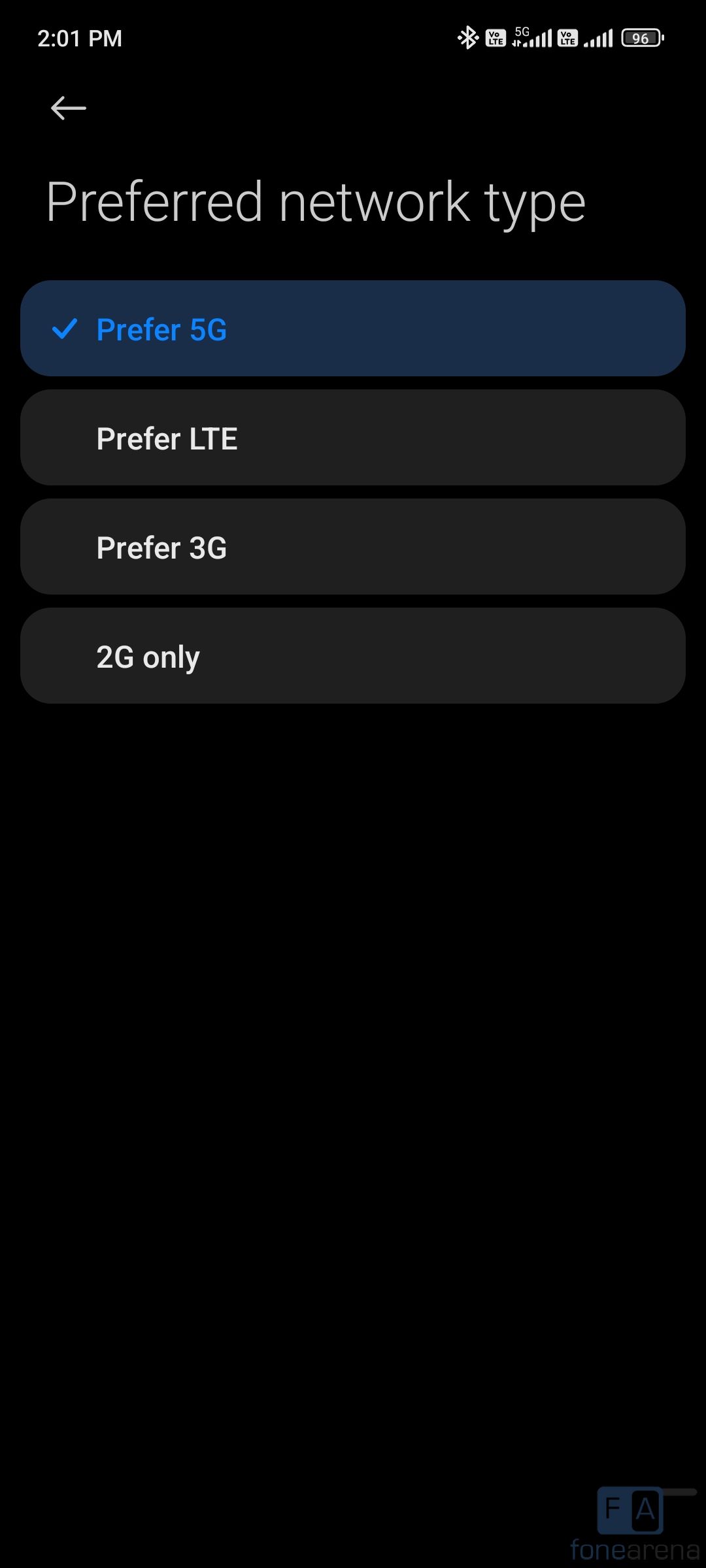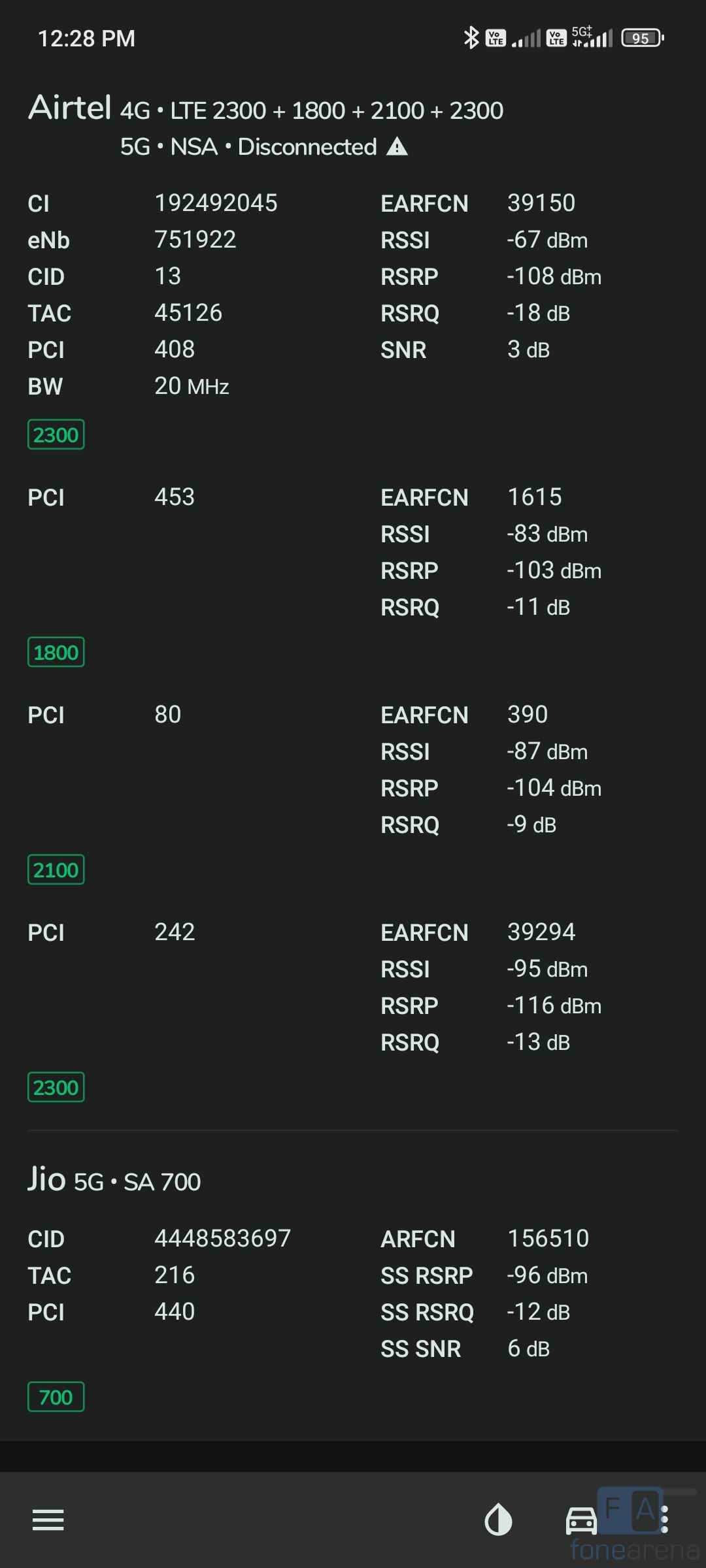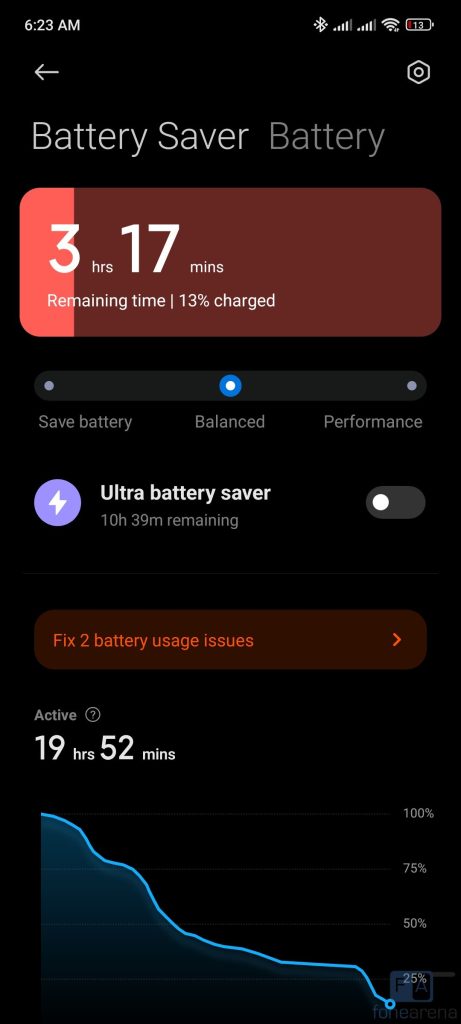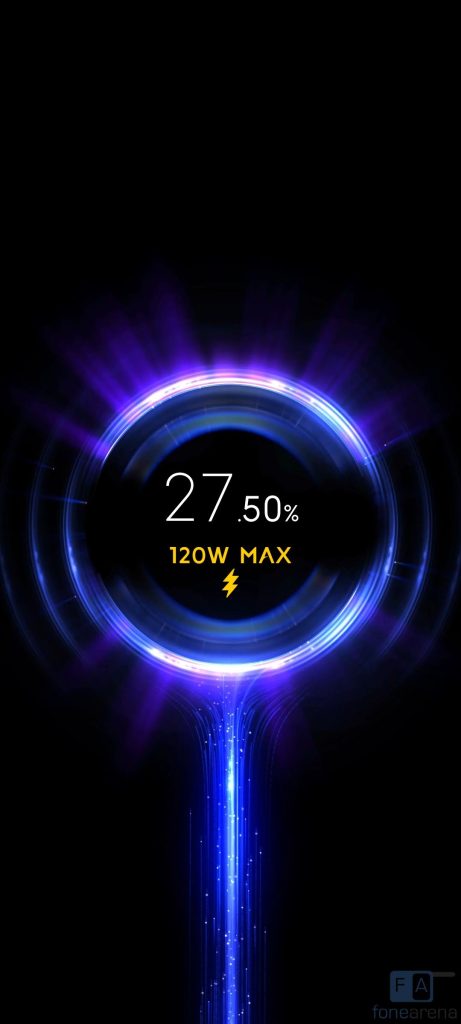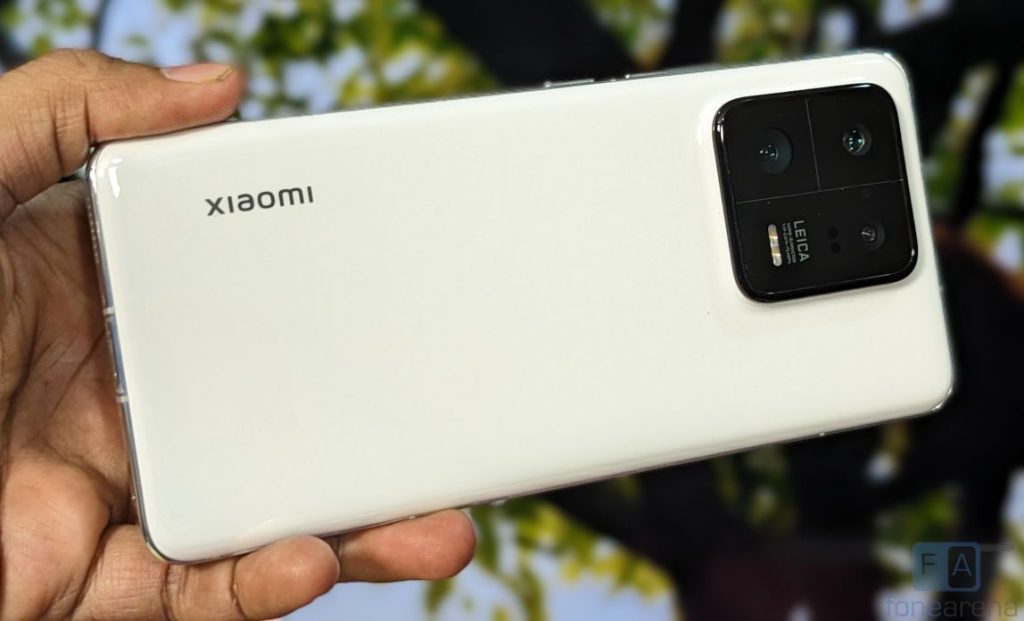
Xiaomi launched the Xiaomi 13 Pro in India in February. The company only launched the Mi 11 Ultra in the country last year. This has flagship specs including a 2K+ E6 AMOLED display, Snapdragon 8 Gen 2 SoC, triple 50MP cameras. Is the phone worth the price of Rs. 79,999? Let us dive into the review to find out.
| Box Contents |
| Camera |
| Battery Life |
| Conclusion |
Box Contents
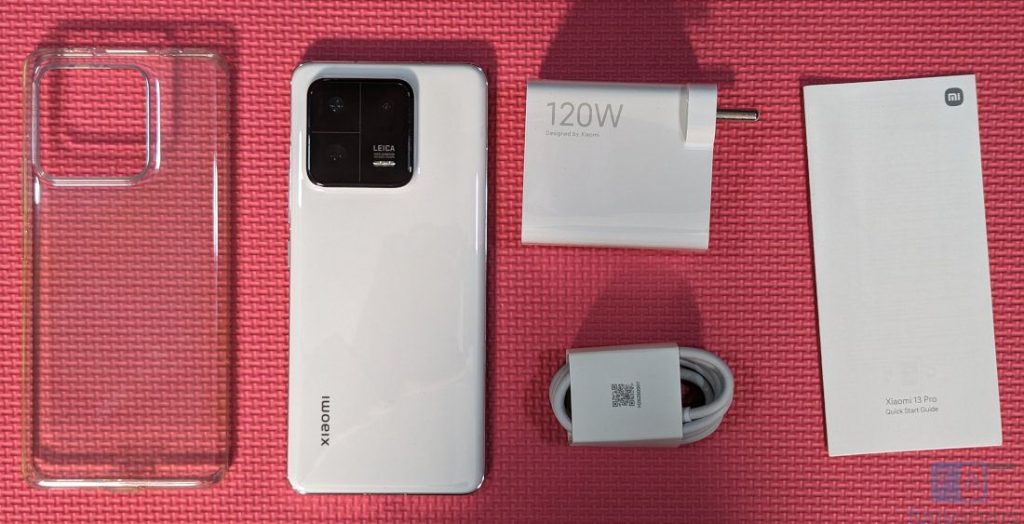
- Xiaomi 13 Pro 12GB + 256GB in Ceramic White colour
- 120W fast charger (5V-3A/9V-3A 11V-6A Max/17V-6A Max/20V-6A)
- 6A USB Type-C Cable
- SIM Ejector tool
- Clear protective case
- Screen protector (Pre-installed)
- User guide
Display, Hardware and Design
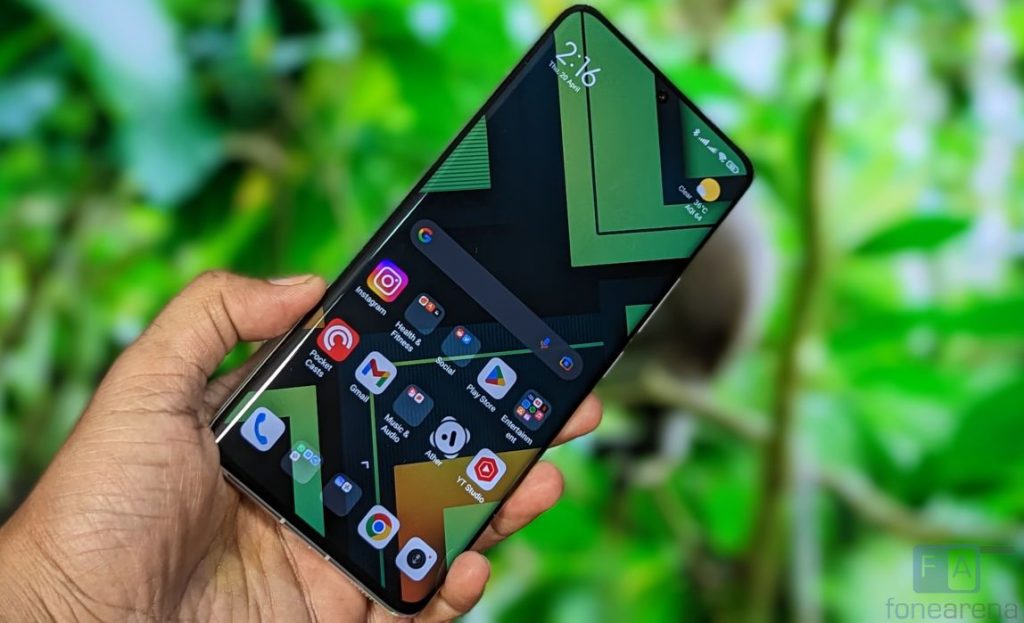
Starting with the display, the Xiaomi 13 Pro has a 6.73-inch Quad HD+ E6 AMOLED display with a pixel resolution of 3200 x 1440 pixels, 20:9 aspect ratio curved glass screen and a pixel density of about 522 PPI. The display is bright, thanks to 1200 nits (typical), 1900 nits peak brightness, much higher than the 1500 nits peak brightness in the 13 Pro. It has 16000 level brightness adjustment. It supports DCI-P3 wide colour gamut, JNCD≈0.21, Delta E≈0.28, so the colours are vibrant.
The phone has an LTPO display, so the fresh rate can vary between 1-120Hz. The company says that the AdaptiveSync Pro display feature can switch between 1Hz/10Hz/30Hz/60Hz/120Hz according to the content. It has 240Hz touch sampling rate.
This offers a buttery smooth user experience, especially when you are scrolling through the UI and when gaming. It also has HDR 10+ support, which works for YouTube and there is Dolby Vision which works for Netflix. You can also reduce the display resolution to FHD+ to improve the battery life.
The phone also has 1920Hz high-frequency dimming technology. In dark environments where the brightness is low, the phone will automatically switch to 1920Hz PWM dimming mode to maintain accurate colors on display with a more comfortable eye experience.
Under the display options, there are different options to adjust colours and contrast based on your preference. There is also a reading mode that lets you reduce the display’s blue light emission, so it doesn’t cause eye strain when you are reading at night, but this will be disabled when you play HDR videos. There is Dark mode, similar to other Xiaomi phones.
It also has AI image enhancement feature that is used when viewing images in the gallery app and AI HDR enhancement. The phone comes with Corning Gorilla Glass Victus protection. The phone has an always-on-display option, which can be enabled from display settings.
The phone has a tiny punch-hole that houses a 32-megapixel camera, which doesn’t disturb when watching videos since it just occupies a small space. Above the display there is an earpiece on the top edge which also doubles up as a secondary speaker.
Coming to the button placements, the power buttons and volume rockers are present on the right side of the phone. There is nothing on the left side. On the top there is a secondary microphone and an infrared sensor. The dual SIM slot, primary microphone and USB Type-C port and the loudspeaker grill are present on the bottom. The phone features an X-axis linear vibration motor, which enables custom vibration patterns across the UI for the best haptic experience.
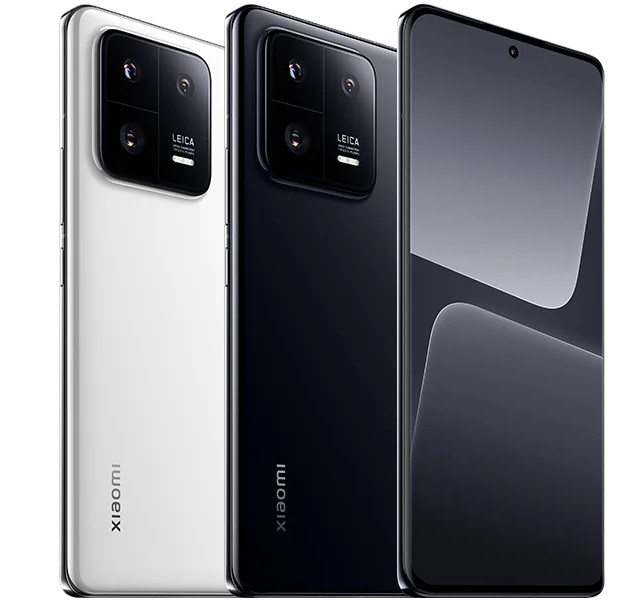
The back of the phone also has a ceramic finish which offers a smooth finish, so it is slipper, so it is recommended to use the case. In addition to the Ceramic White colour that we have, the phone also comes in Ceramic Black colour. The phone is just 8.38mm thick, slightly thicker than the 13 Pro. It weighs 229 grams, making it heavier than the 12 Pro by 24 grams, since it has a ceramic back compared to a glass back.
The Indian version doesn’t have IP ratings officially, but the company says that it offers protection equivalent to IP68 certification.
Camera
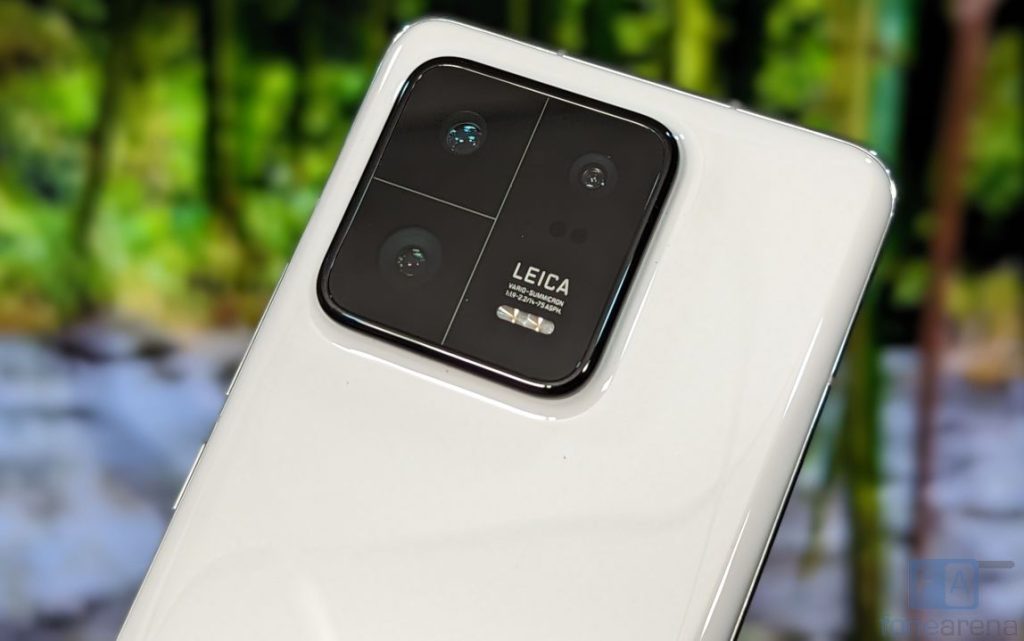
- 50MP rear camera with 1″ Sony IMX989 sensor, f/1.9 aperture, Hyper OIS
- 50MP 115° ultra-wide angle lens with ISOCELL JN1 sensor, f/2.2 aperture
- 50MP 3.2X telephoto camera with f/2.0 aperture, 10cm~infinity focus distance, OIS
- 32MP front-facing camera with f/2.0 aperture
The camera UI is familiar with other Xiaomi smartphones running MIUI 14. You get all the features such as Pro, Night, 50MP, Short Video, Panorama, Documents, VLOG, Slow motion, Time-lapse, Dual video, AI watermark, Long exposure and Pro mode lets you adjust white balance, focus, shutter speed (1/4000s to 30 seconds), ISO (50 to 12800) and option to select main, ultra-wide and telephoto lens. You can also shoot in RAW in Pro mode and enable focus peaking, exposure verification and more options.
Supermoon offers 5x, 10x, 20x, 30x and 60x options for shooting the moon, but it is not as good as the Xiaomi 11 ultra which has up to 100x zoom. There is ‘movie frame’ mode works both rear camera front cameras and for video, and there is also portrait video mode which is limited to 720p 30 fps. Xiaomi has enabled Cam2API by default, so you can side-load ported Google Camera APKs for advanced editing, including RAW capture.
The Leica Vario-Summicron 1.19-2.2/14-75 ASPH camera system offers a brilliant output. Coming to the image quality, daylight shots came out well with good dynamic range. After pixel binning technology, you get 12.5MP output from all the rear cameras. HDR shots are better with improved dynamic range.
50MP wide-angle shots are good, and the 2X portrait shots are the best with good edge detection, thanks to the dedicated 50MP camera for portraits. The 3.2X telephoto lens can capture brilliant macro shots in addition to portrait shots. Beyond 3.2X, it is digital zoom which can go up to 70x, but the images don’t have details. The 32MP front camera is good, and you get full 32MP output. Lowlight camera performance is brilliant from all the rear cameras.
Check out the camera samples.
It can record videos at 8k resolution at 24 fps, 4K at up to 60 fps, and it also has slow motion 1080p at up to 480 fps. There are also 960fps and 1920fps options, which should be converted. You can also shoot 4K 60 fps videos using the ultra-wide and telephoto cameras. However, the front camera is limited to 1080p 30fps.
Software, UI and Apps
It runs Android 13 out of the box, with MIUI 14 on top. It still has January 2023 Android security patch recently. Xiaomi has also confirmed 3 Android OS updates and 4 years of security updates. MIUI 14 includes more efficient with optimized storage, offers more intuitive interactions, has new on-device privacy features and lets you be more connected than before.
Since the phone has an infrared sensor for remote function, it comes with Mi Remote that lets you control your home appliances easily. Out of 12GB LPDDR5X RAM, you get 10.90GB of usable RAM, and about 4GB of RAM is free when default apps are running in the background. It also as up to 7GB of memory extension or virtual RAM, which you can disable from additional settings. Out of 256GB, you get about 224GB of free storage. It has UFS 4.0 storage that offers sequential write speeds of 2729.7 MB/s and sequential write speeds of 3523.48 MB/s.
Apart from the usual set of utility apps, Google apps and Xiaomi’s own set of apps, it comes preloaded with Facebook, Netflix, LinkedIn, and Spotify apps. It also asks for additional app installation during setup, which you can skip. You can easily uninstall these apps, but these come up when you reset the phone. Even though there is personalized ads option during set up and recommendations in all the apps, you don’t get any ads in apps.
Fingerprint sensor and Face unlock
It has an optical in-display fingerprint sensor that immediately unlocks the phone. You can add up to 5 fingerprints. You can also use the fingerprint for app local and payments in apps. The phone also has face unlock, but it is not as secure as fingerprint.
Music and Multimedia
The Mi Music Player is the default music player with usual Xiaomi audio effects and equalizer. It also doesn’t have FM Radio. There is Dolby Atmos, and the symmetrical dual speakers that offer crisp audio output. Audio through earphones is good as well.
It has Widevine L1 support, so you can play HD content on Netflix, Amazon Prime Video and other streaming apps without any issues. It also supports Dolby Vision for Netflix.
Dual SIM and Connectivity
It supports 5G, and has support for n1/3/5/7/8/20/28/38/40/41/66/ 71/75/77/78/79 5G bands. 5G works for both Reliance Jio and Airtel. There is also Dual 4G VoLTE and carrier aggregation as well. Other connectivity options include Dual-Band Wi-Fi 7. It has VoWiFi / Wi-Fi calling support, Bluetooth 5.3 LE, GPS (L1 + L5), Glonass, Beidou, NavIC and NFC. It also has USB OTG support that lets you connect USB drives. Call quality is good, and we did not face any call drops and the earpiece volume was loud.
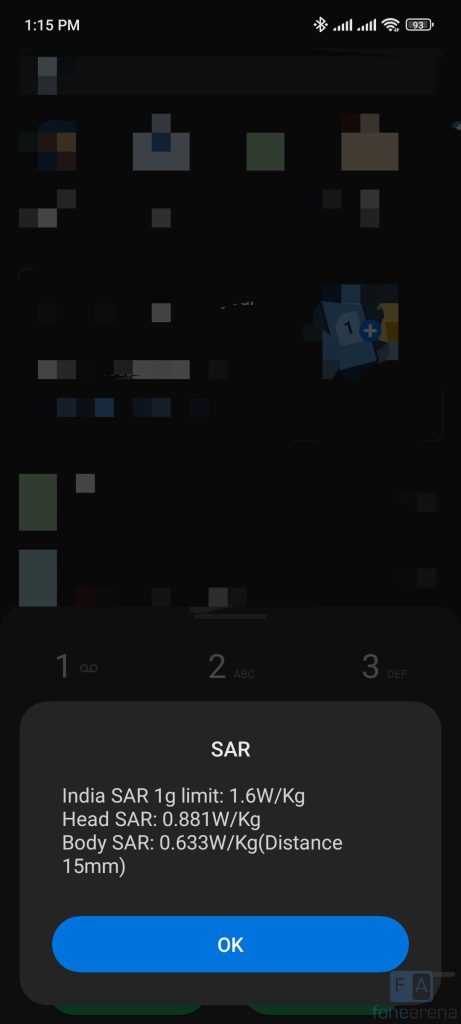
The Xiaomi 13 Pro’s body SAR is 0.633W/Kg (Distance 15mm) and head SAR is at 0.881/Kg, which is slightly higher than the 12Pro, but it is well under the limit of 1.6 W/kg (over 1 g) in India.
Performance and Benchmarks
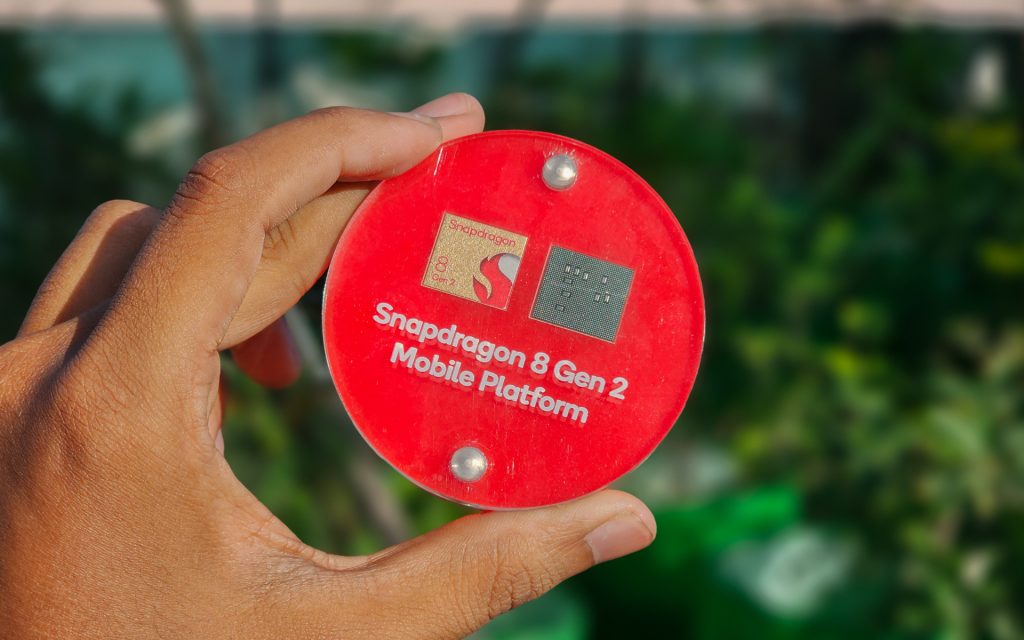
The phone is powered by Snapdragon 8 Gen 2 Mobile Platform that has a 1 + 4 + 3 microarchitecture that uses 1 x Kryo Prime Arm Cortex-X3-based CPU at up to 3.2GHz, 4 x Kryo Performance CPUs that has 2 x A710-based and 2 x A715-based CPUs at up to 2.8GHz and 4x Kryo Efficiency A510-based CPUs at up to 2GHz.
It is fabricated using the TSMC 4nm Process Technology, same as Snapdragon 8+ Gen 1. The phone has a 3400mm² Vapor Chamber cooling. We did not face any issues or frame drops in the graphic-intensive games like COD, BGMI and Genshin Impact. It reached maximum 44º in our testing indoors in Wi-Fi, but this might vary outdoors in 5G. That said, check out some synthetic benchmark scores below.


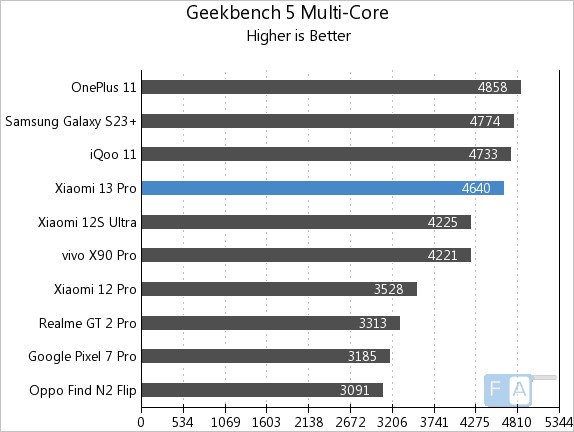
Battery life
Coming to the battery life, the phone packs a 4820mAh (typical) built-in battery, which is slightly bigger than the 4600mAh battery in the Xiaomi 12 Pro. It lasts for a day with Wi-Fi, but with 5G and dual SIMs, and average, but with heavy use and with WQHD+ resolution in 120Hz it might not last the whole day. I got about 4 hours of screen on time with over a day of use on Wi-Fi and in QHD+ resolution in 120Hz, and it might last longer in FHD+ resolution.
The phone has support for 120W fast charging and also comes with 120W charger in the box. It uses graphene, dual charge pump, Mi-FC technology, MTW technology to achieve 100% charge in about 19 minutes.
There is a separate ‘Boost Charging Speed’ option in the battery settings that is off by default. When enabled, it charges the phone at the highest wattage for the first 5 minutes, but the phone also gets hot. I even tried the 67W charger to charge the smartphone, which took about 37 minutes to charge from 0 to 100%.
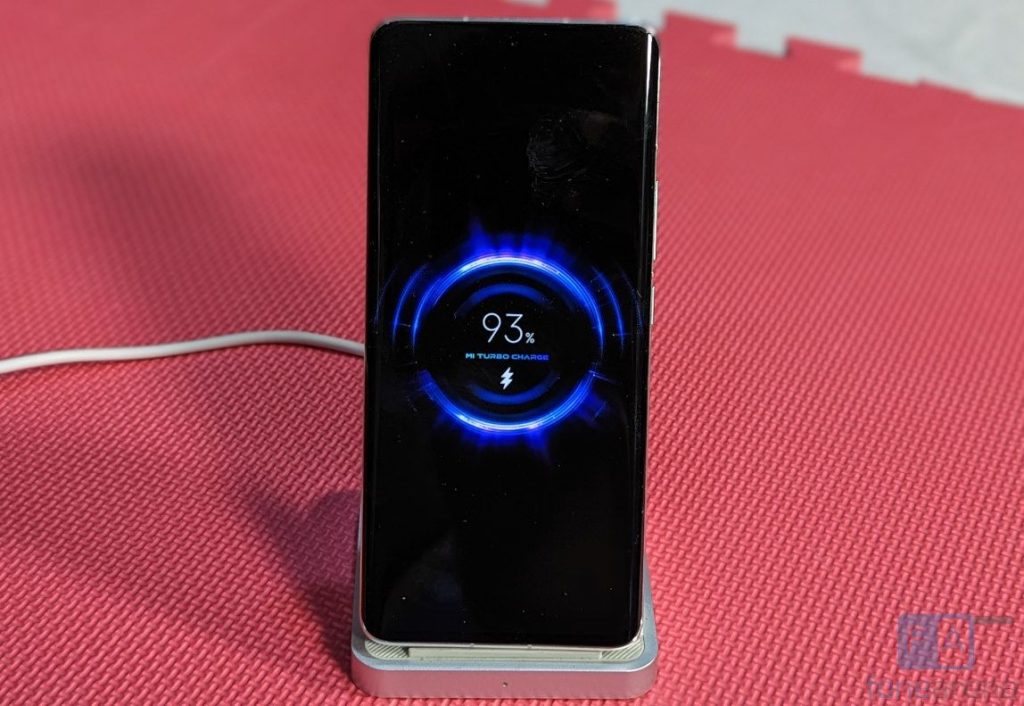
The phone also has 50W wireless turbo charging and 10W reverse wireless charging.
Conclusion
At a price of Rs. 79,999, the Xiaomi 13 Pro is a good upgrade in almost every aspect. The E6 AMOLED display is brilliant, the Snapdragon 8 Gen 2 offers a good performance and doesn’t get heated, the 50MP triple cameras with the new IMX989 main sensor and 3.2X telephoto are brilliant. The battery department also gets a minor upgrade while retaining the 120W fast charging with bundled fast charger in the box.
The ceramic back is a good upgrade compared to the glass back, but the phone gets heavier, and it is slippery to use without the case.
Pricing and availability
The Xiaomi 13 Pro is available from mi.com, Amazon.in, and Mi Home stores and Mi Retail Partners. There is a Rs. 8000 Instant discount with ICICI Bank Credit and Debit cards and EMI. Buyers also get an additional exchange Bonus for Redmi & Xiaomi Phones.
Alternatives
The latest vivo X90 Pro is a direct competition, but it is costly. The Pixel 7 Pro is also a good alternative, offering a good camera experience for those who need a stock Android experience. There are always Galaxy S23 series and iPhone 14 series.
Pros
- 10-bit E6 AMOLED LTPO display with Dolby Vision is brilliant
- Smooth performance
- Brilliant cameras
- Solid build quality
- Stereo speakers, Dolby Atmos
- Good battery life with 120W fast charging
Cons
- Ceramic back makes the phone heavy and slippery
- Front camera is limited to 1080p 30fps recording



